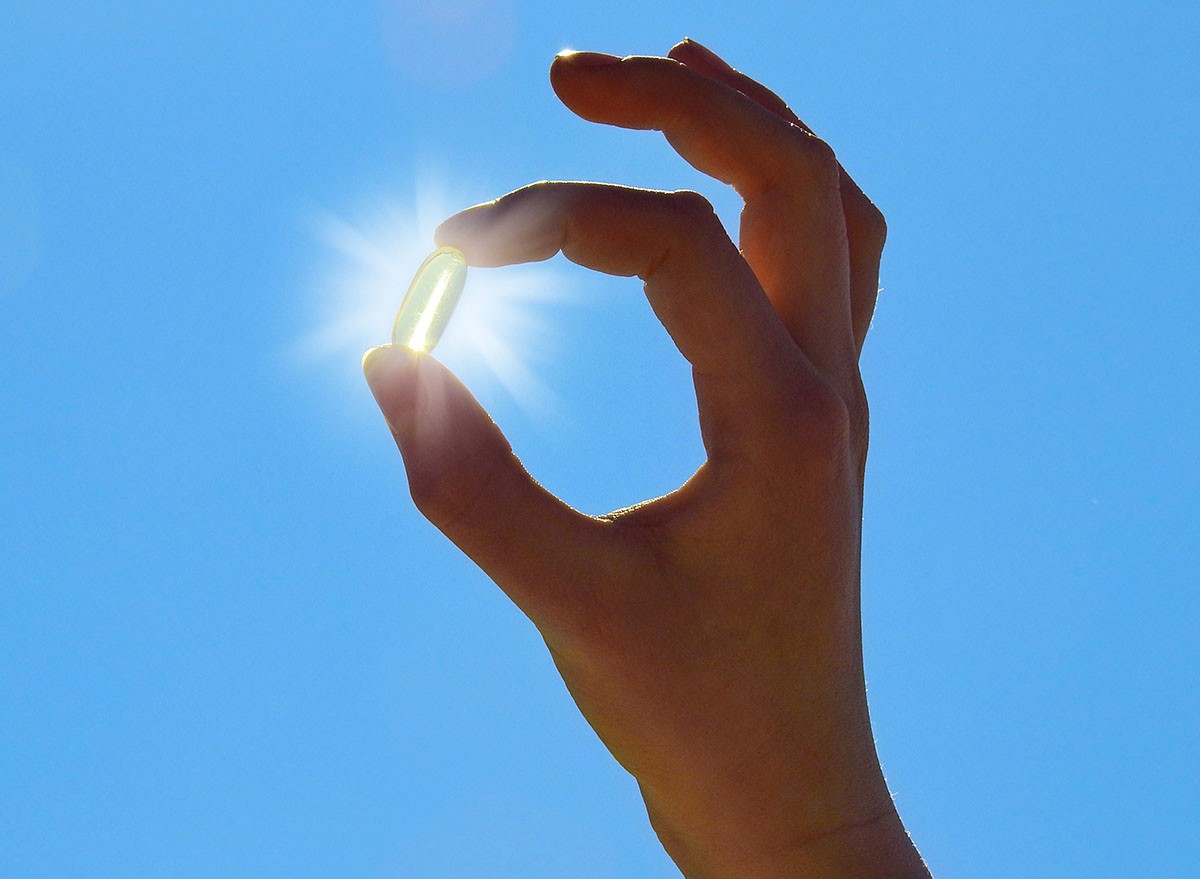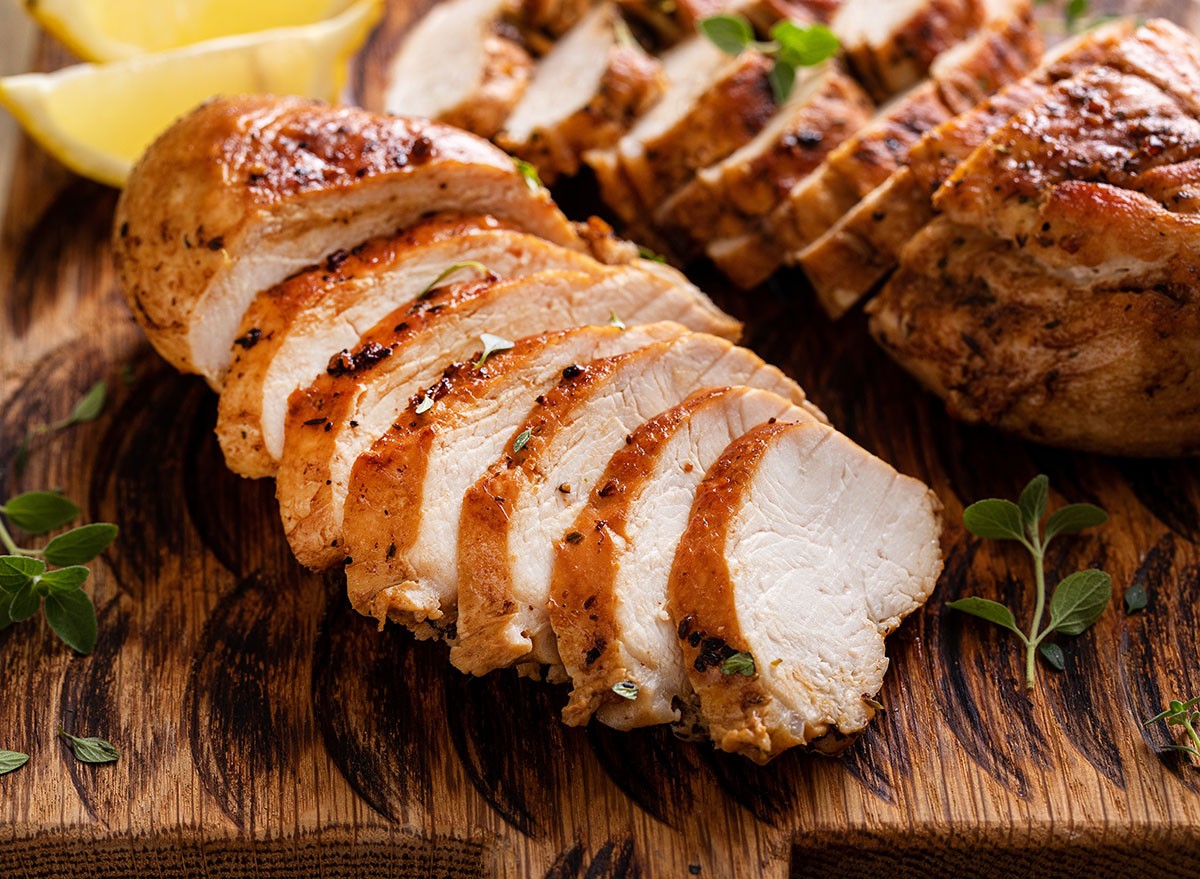7 Critical Mistakes to Avoid After 50, According to a Top Expert

Staying healthy after 50 doesn't have to be complicated, but many of us unknowingly sabotage our wellbeing. Dr. Eric Berg, DC, age 59, specializes in Healthy Ketosis and Intermittent Fasting and has dedicated his career to uncovering the truth about getting healthy and losing weight. As director of Dr. Berg's Nutritionals, a best-selling Amazon author with 13 million YouTube subscribers, his experience has revealed seven critical mistakes that can dramatically impact your health, especially after 50. Avoiding these common pitfalls could transform your energy, weight, and overall wellness starting today.
Trusting the Wrong Health Sources
Your health information is only as good as its source. In his post, Dr. Berg warns that "you want to really make sure that the source of your information that you get is based on someone who has a lot of experience and results in the problem you're trying to solve." Most conventional doctors receive minimal nutrition training, focusing instead on matching symptoms with medications. As Dr. Berg explains, standard medical practice is often "about giving you a label for a certain condition that's very descriptive and then matching that with a medication." What you really need is someone focused on addressing root causes rather than masking symptoms.
Accepting Diagnoses Without Question

Not all medical diagnoses get to the heart of your problem. "Be very careful about accepting a diagnosis that just doesn't seem right," Dr. Berg advises. Many health conditions share similar symptoms but require completely different treatments. Before accepting a diagnosis that doesn't feel right, consider seeking a second opinion or working with a healthcare provider who examines the underlying causes of your symptoms rather than just treating the surface issues.
Using Treatments With Harsh Side Effects

The cure shouldn't be worse than the condition. Dr. Berg emphasizes that you should "make sure that the solution or the treatment that you get doesn't create more problems than your current symptoms, aka side effects." Many conventional treatments come with side effects that can trigger new health issues, creating a cascade of problems. Instead of accepting these risks as inevitable, explore treatment options that address the root cause with minimal side effects.
Neglecting Critical Nutrients

After 50, three specific nutrients become absolutely essential. "The most important one is vitamin D," states Dr. Berg. "Did you know that vitamin D influences 10% of those genes?" He notes that therapeutic benefits often require higher doses than typically recommended: "To create a therapeutic effect for vitamin D, you need to use 10,000, 20,000, 30,000, 50,000, or more of vitamin D3 to really create an effect." The second critical nutrient is magnesium, which Dr. Berg explains is "involved in thousands of different things in the body. Every different type of heart disease usually has a magnesium deficiency." The third key nutrient is zinc, which works synergistically with the other two. "Zinc is very, very important and a lot of people are deficient in zinc," Dr. Berg notes, adding that these nutrients "all really depend on each other."
Consuming Too Much Calcium and Iron

Not all nutrients are beneficial in large amounts. "As we age, calcium tends to plug everything up," Dr. Berg warns. Without sufficient magnesium to regulate calcium, excess amounts can deposit in soft tissues and contribute to heart disease. Even more concerning is excess iron: "If you have too much iron, you're going to rust out your organs," cautions Dr. Berg. Our bodies can only eliminate 0.5 to 1 milligram of iron daily, yet the recommended daily allowance is much higher—8 mg for men and 18 mg for women of childbearing age. Dr. Berg advises, "We're taking in way too much iron" and suggests carefully monitoring food labels to avoid excessive intake.
Restricting Dietary Cholesterol

Cholesterol is crucial, especially as you age. "When we age is we start having a decrease in hormones, testosterone, progesterone, estrogen, things like that. And all of those hormones are built out of cholesterol," Dr. Berg explains. Reducing cholesterol through diet or medication can further deplete already diminishing hormone levels after 50. According to Dr. Berg, "We need cholesterol for our brain, bile salts to help digest fats. Most importantly, we need cholesterol to make hormones." He recommends consuming cholesterol-rich foods like "butter, eggs, dairy, shellfish" to support hormone production.
Eating Too Frequently and Too Many Carbs

Your eating pattern may be more important than what you eat. "Every time you eat, you stimulate insulin," explains Dr. Berg. "Producing too much insulin is probably the single biggest problem right now behind so many chronic illnesses, not just diabetes, but a fatty liver, high blood pressure." He suggests reducing your eating frequency: "If you could just take your snacks, if it's nuts or whatever, and just push them to the meal and just had two meals a day, I think that would be awesome." This approach naturally supports intermittent fasting, which helps reduce insulin levels. Additionally, Dr. Berg emphasizes the importance of reducing carbohydrates, especially starches: "It's not just about cutting down the sugar carbohydrates. It's cutting down this other carbohydrate called starch."
Not Prioritizing Protein as You Age

Protein becomes increasingly vital after 50. "Most of your body is protein, not just muscle, connective tissue, but your immune system, antibodies, white blood cells," Dr. Berg explains. He notes that people "will continue to eat until their protein requirements are satisfied," which explains why low-protein junk foods never truly satisfy hunger. As you age and naturally lose muscle mass, protein requirements actually increase. Dr. Berg recommends nutrient-dense animal proteins: "What food would give you the most healing? Right off the bat, grass-fed beef, grass-fed lamb. That's the most nutrient-dense food to heal the gut, to give you trace minerals, to give you B vitamins, but also to give you the highest quality protein."
Ignoring Your Environment and Stress Levels

Your surroundings and stress management significantly impact your health. "If you expose yourself to too much stress, it kind of gets stuck into your mind and you're trying to go to bed and you can't sleep and you're worrying and you're in this constant state of fear," Dr. Berg explains. He emphasizes the healing power of nature: "I didn't realize at first how important your environment was until I had this great opportunity to move out of the city into the farm. I'm going to tell you having that space is such a therapy. It's going into nature. It's so important to do this on a regular basis." Regular exercise also plays a crucial role in stress management. As Dr. Berg notes, "What exercise does is it kind of flushes out the cortisol and the adrenaline that builds up just from being on this planet."
Underestimating the Gut Microbiome

Your gut bacteria function as a vital organ system. "What you have to realize is when you take an antibiotic, you will never have the same microbes ever again," warns Dr. Berg. Contrary to common belief, he states, "It's a lie that they told you that, oh yeah, you're just going to actually decrease the number of microbes, and they're just going to come back to normal just like before. No, that's a lie." Your microbiome influences everything from immune function to mood: "The importance of supporting the gut microbes as an organ is vital for what? Immune protection, the neurotransmitters that are created, your mood, your cognitive function is influenced by the microbes." Dr. Berg recommends regularly consuming "fermented foods, sauerkraut, kimchi, yogurt, and taking a very good probiotic."
Final Word

Creating lasting health requires deliberate action, especially after 50. As Dr. Berg emphasizes, "health has to be created. It doesn't just automatically happen." By avoiding these seven critical mistakes, you're setting yourself up for vibrant health well beyond age 50. Start implementing these changes today to build a foundation for lasting wellness that supports your body's natural healing abilities. And if you enjoyed this article, don't miss I Hit 60 and These 15 Anti-Aging Foods Keep Me Fit and Feeling 20 Years Younger.




